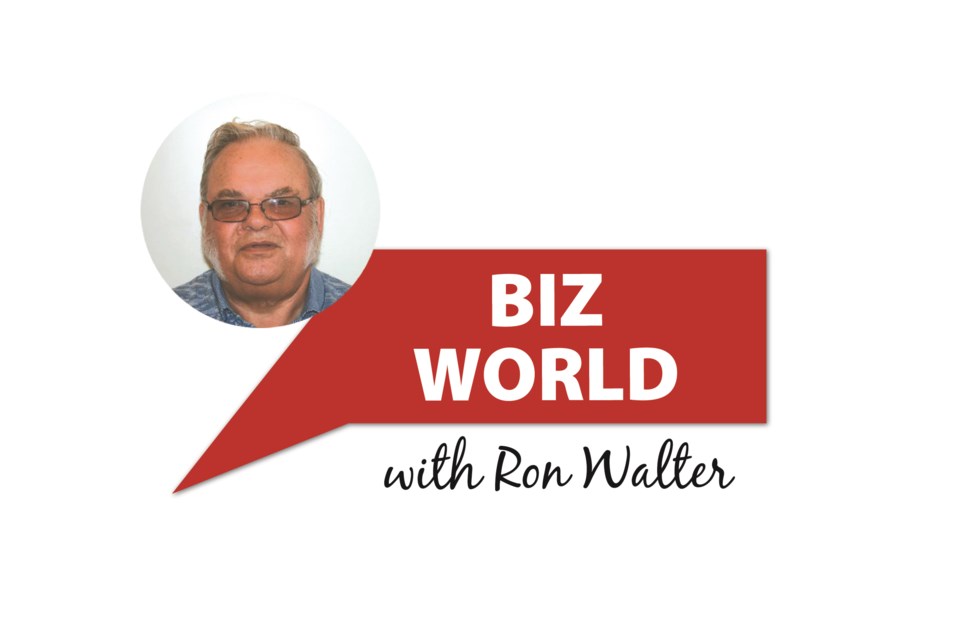Ten years ago, gold mining icon Barrick decided to slim down its various global gold holdings to focus on larger core properties.
Among those properties was the small Kainatu Mine, in production for four years, located in the Papua, New Guinea highlands. Barrick shuttered the mine in 2009, selling it for $2 million plus another potential $6 million to K92 Mining Inc. from Vancouver.
The mine was a steal for K92 with hundreds of millions value in the two underground portals, milling, mining facilities and a tailings site.
K92 proceeded to put the mine back into production producing 25,000 ounces of gold last year. Plans are 50,000 ounces gold equivalent this year with 120,000 ounces in 2020.
A third stage of development is under way with a preliminary economic assessment next year and production possible in 2021.
The company has leases covering 410 square kilometres in the Papua highlands. The highlands account for four producing gold mines and two in development.
Financing developments this summer saw $18 million raised from a new share issue and a $15 million loan from the company that buys all mineral concentrate from the mines.
As it sits, the property has a 13-year life generating $1 billion in cash flow over that period.
Since the company bought the mine so cheaply and the ore has a relatively high gold grade — over one-third of an ounce per tonne — operating cost is low.
Total operating costs should run around $820US a tonne when global average is $1,200 U.S. an ounce
The silver and copper content help keep costs down.
Shares are priced at a recent $2.41 cents, only eight times earnings, with earnings expected to more than double next year. That seems to shout a screaming bargain.
Factors that have kept investor valuations down are numerous.
K92 is a small company under the radar of most gold investors. Papua, New Guinea is an unknown and unfamiliar jurisdiction to investors, particularly those who shun politically and economically underdeveloped regions.
Historically, Papua was a British protectorate later under Australian rule until achieving independence in 1975.
The country operates under a British legal and Parliamentary system. While a democratically elected Parliament governs, politicians have discovered courts can obstruct government plans.
Papua government paths are littered with lawsuits that have created uncertainty and instability as leaders were challenged in the courts.
Another uncertainty comes from the population’s lack of sophistication Twice — in 1933 and 1954 — tribes still living in the Stone Age have been discovered in the highland valleys. About two-thirds of the 8.2 million people are literate.
One island area, Bougainville, has become autonomous after separatist struggles.
The China factor creates concerns: China has invested $4 billion US of a total $5.1 billion in prolific natural gas fields and liquid natural gas plants. This creates special influence and pressure on wages.
And China is investing $414 million US to develop a city for its 20,000 Chinese residents in Papua.
Still, Papua is rated about the same as Alberta as a safe place to invest. Investors need to decide if the reward potential outweighs the risks.
CAUTION: Remember when investing, consult your adviser and do your homework before buying any security. Bizworld does not recommend investments.
Ron Walter can be reached at [email protected]
The views and opinions expressed in this article are those of the author, and do not necessarily reflect the position of this publication.




